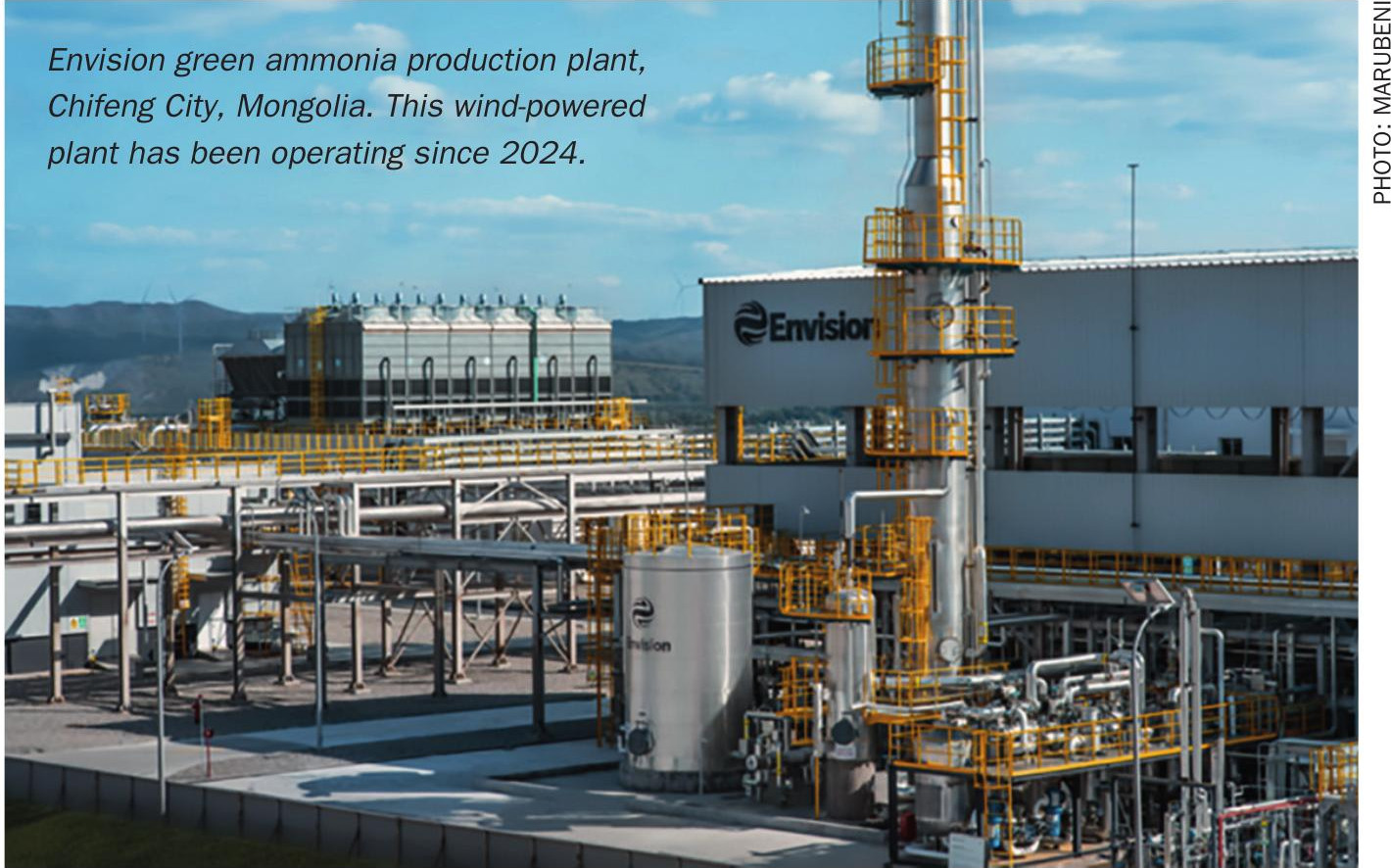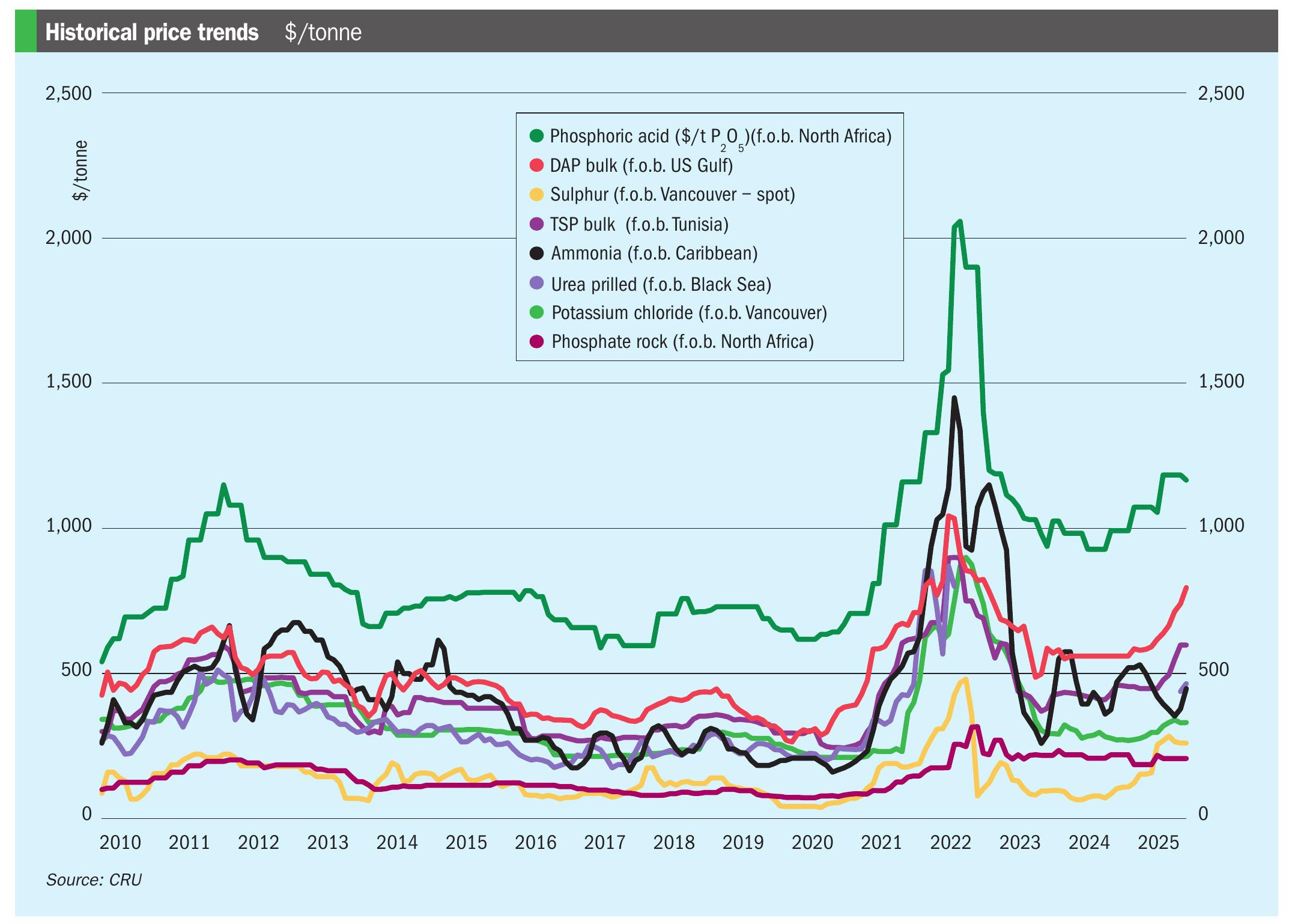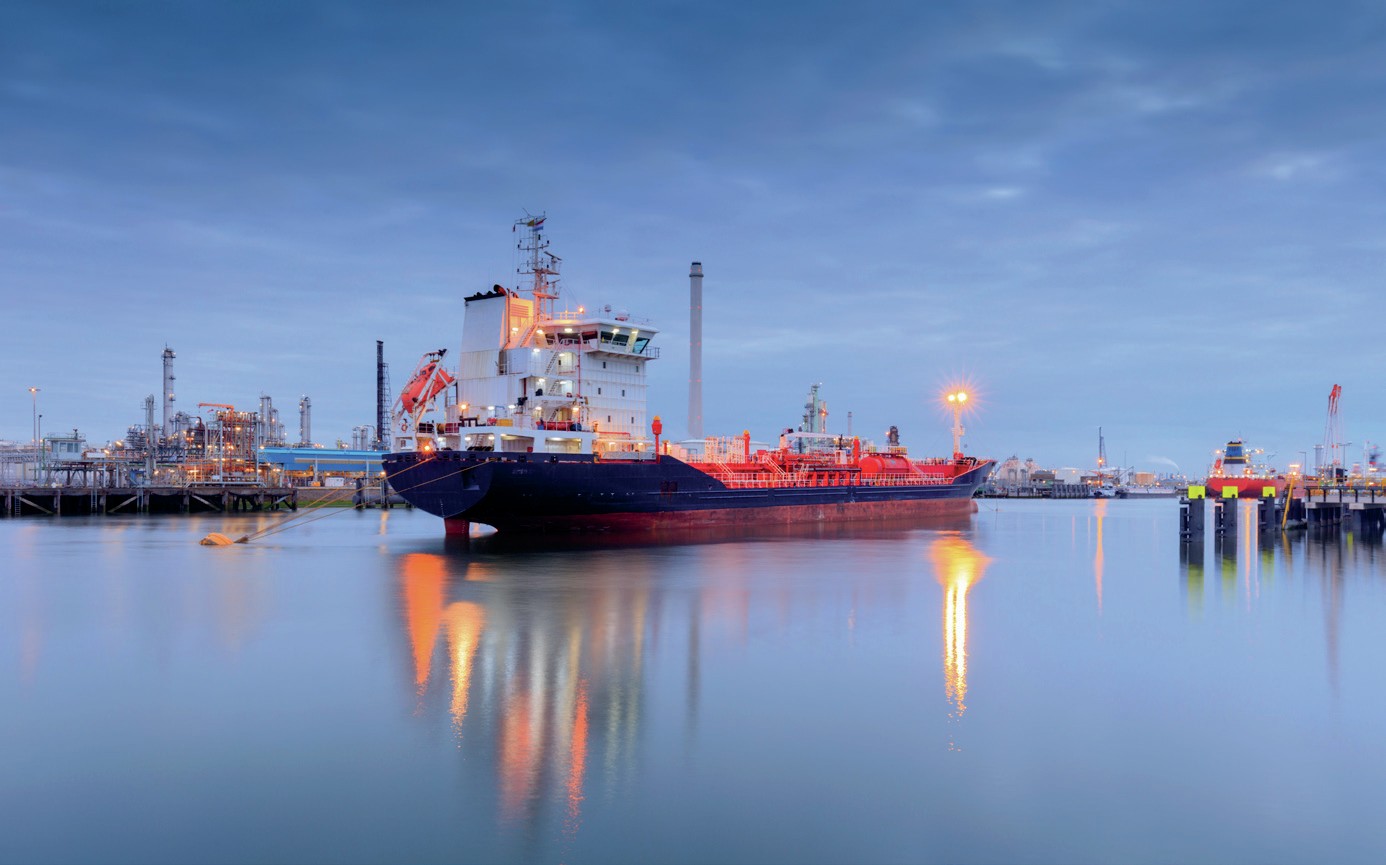Nitrogen+Syngas 373 Sept-Oct 2021

30 September 2021
Market Outlook
Market Outlook

AMMONIA
- The first half of 2021 has been characterised by tight supply in the ammonia market, exacerbated by plant outages in Europe, Trinidad, Saudi Arabia and Indonesia. At the same time, higher spot demand has fuelled significant price increases in both the eastern and western hemispheres. Low inventories and reduced export availability in the Far East forced Indian phosphate producers and industrial consumers of ammonia to source product from other locations.
- More recently however, supply has been improving, especially from Indonesia. Most key demand hubs have covered themselves in September and improving supply may add downward pressure to October pricing.
- However, feedstock costs remain high in Europe, and the return of seasonal demand will limit the downside potential for ammonia prices, and they are likely to remain at relatively historically high levels for the remainder of the year.
UREA
- Urea buyers played a waiting game during August with many waiting for a new Indian tender by RCF to set prices. Market sentiment was soft, and offered prices steadily declined with the pressure for sellers to find new business, though some Brazilian sales led to a pickup of around $20/t mid-month.
- Availability from China was also a question, with the government and trade associations trying to encourage supplies into the domestic market. However, in spite of high freight rates and the prospects of a urea export tax, Chinese urea exports to end July were reported to be 2.67 million tonnes this year, up 40% on the same period in 2021, with India taking the lion’s share. China committed 650,000 tonnes of urea to India in the July tender.
- Hurricane Ida forced the closure of CF Industries’ Donaldsonville plant and associated disruptions to supply in the region led to a surge in NOLA f.o.b. prices to nearly $500/st; a nine-year high.
METHANOL
- Asian Methanol prices took a downturn in Asia in July, but increased steadily during August as a number of Chinese methanol plants took turnarounds, tightening supply and leading to an increase in prices. Higher coal prices have also supported higher methanol production costs. Chinese prices were up just over 1% during August, though up more than 60% compared to the same period last year. Prices overall edged upwards towards $400/t for delivered methanol to northeast Asian ports.
- MHTL’s shutdown in Trinidad was resolved and the new gas price contract seems to stabilised prospects for supply from Trinidad.
- European supply has taken turnarounds at a number of plants. Thin spot demand was balanced by consistent contract demand, with traded volumes rising. Rotterdam f.o.b. methanol prices were fairly stable at around e425/ tonne ($496/tonne).






